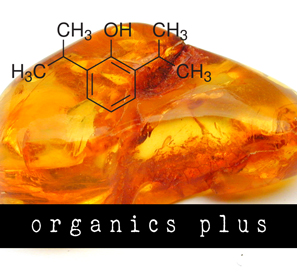
o r g a n i c s p l u s
Organics Plus contains stones formed from organic material, such as compressed decaying wood or tree resin,
calcite, and native metals like copper, silver and gold. The beads and components lack silica and
they are soft (Mohs hardness <= 3) and the stones are often porous. Calcite is in the carbonates mineral group
that includes stones with the carbonate ion CO3 (2-) as the structural basis. Jet is a type of lignite (precursor
to coal) that resulted from decaying wood under high pressure millions of years ago. Amber is formed from the
resin of ancient pine trees and gained renewed interest from the Jurassic Park movies. Plants and animals
caught in the sticky, viscous tree resin could be embalmed in the amber as it hardened. Copper, silver and gold
are referred to as native metals because they are made from a single element rather than combinations of elements.
(Diamond is a native element of carbon but much, much harder.) Metals used for jewelry are typically alloys and
harder than their native Mohs hardness, but I group the metals here for simplicity.
Gemstones and native metals grouped here:
amber,
ammolite,
brass,
bronze,
calcite,
copper,
gold,
jet,
pewter,
selenite,
silver.

Palms

Oasis

Crown Imperial

Wood Elf

Curator

Twining Amber

Sister
Amber is fossilized resin, most often from extinct conifers. Most amber comes from the Baltic coast, encircled
by countries of northern Europe and Scandinavia. Most is rich golden yellow-orange in color, but it can also
occur in white, green or blue colors. Green amber is popular but rare, and most green amber used in jewelry
components has been heat-treated to accentuate the color. Amber has a long history of use, with cups from
the Bronze age through intricate rooms in the palace of kings (the "Amber Room" in Catherine the
Great's palace). It was often the tears of the gods (Apollo wept amber tears on being banished from Olympus;
the Heliades sisters wept amber tears for their brother Phaethon) and represents the division between individual
and cosmic energy.
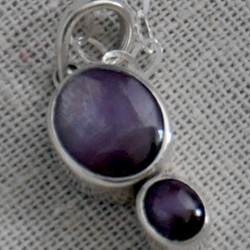
Persephone

Bright Spot
Ammolite is a trade name given to a thin iridescent aragonite shell material found on ammonite fossils.
It's a rare material, and most cabochons used in jewelry are from mines in Alberta, Canada. The
highest quality ammolite shows play-of-light as dramatic as opal or more so. Like opal, the material is
generally sandwiched between a darker base layer and a clear resin coating for protection.

Sun & Moon

To the Moon

Bright Creatures

Green Thumb
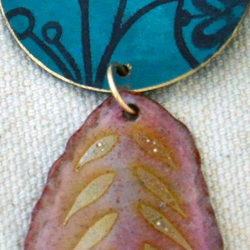
Bohemia

Ghosting

Hold On

Flow

Drop
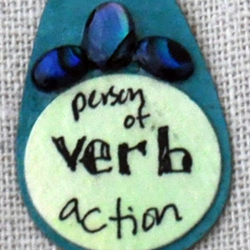
Action

Hypotrochoid #3

Small Folk
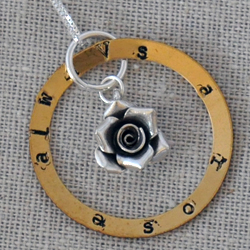
Always a Rose

Mauna Loa

Peacock

Dia de los Muertos (gold)

Dia de los Muertos (silv)

Verb #2

Thoughtful

Oort Cloud

Spiral Galaxy

Supernova

Power of Love
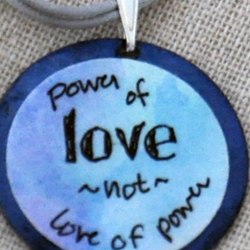
Axiom
Brass is a metal alloy of copper and zinc whose properties depend on the proportion of the zinc. It has
a relatively low melting point and flows easily, making it a good metal for casting. Many jewelry findings
have a brass base metal plated with silver or gold or other coatings, though brass jewelry is gaining popularity
as a less expensive and attractive option to gold.

Sun & Moon

Dragon People

Sea Memory

Pace

Lucky Wishbone

Your Heart is a Muscle #2

Sweethearts
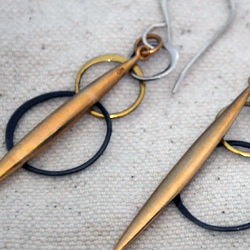
Truth Like Daggers

Hanging Around

Paper Moon

Monodon Monoceros

Impressions

Bright Creatures

The Protector

The Keeper

Hippolyta

Pointed

Death's Head Hawkmoth

Bird in Flight

Steady On

Via de la Luna

Little Bird

Bronze Sickle Moon

Bees to Honey

Direction

Your Heart is a Muscle (bronze)

Bronze Drop

Data Types

Fibonacci Squares

Investment
Like brass, bronze is a copper-based metal alloy though bronze uses tin rather than zinc and it
tends to be a higher percentage copper than brass for a warmer rose gold hue. Like brass, it is
a good metal for casting and favored among sculptors because it expands slightly before setting,
imparting the finer details of the mould.
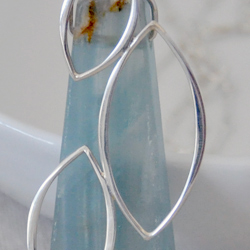
Ran

Skadi

The Protector

Be Like Water

Curator

Gracious

Cloud Nine

Peach Tree
Calcite is the most common form of calcium carbonate, from the carbonate group (CO3). Carbonates tend
to be soft and generally found everywhere. Most Egyptian alabaster is actually calcite. Large crystals
are common, though large translucent pieces are less so. The translucent pieces demonstrate the property
of double refraction, where an image through the material appears doubled though shifted. This is due to
differing indices of refraction within calcite that "bend" incident light differently.

Spleunking

Nebet-Het
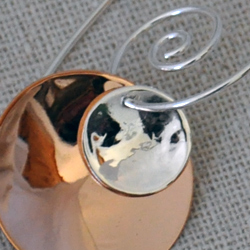
Charged Particle

Cinnamint

The Deer in Winter

The Green Hills

Mid-Century Modern II

Make Up Your Mind

Good Start

Textile VI

Heartened

Subterranean

Love, Cool Love

Art Deco

Remembrance

Boo-tiful

Bohemia

Inland Sea

Red Sea
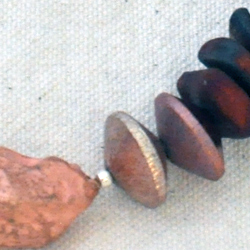
Mineral Deposit

Let It Fly

Currency

Yellowstone

Peonies

Dahlia
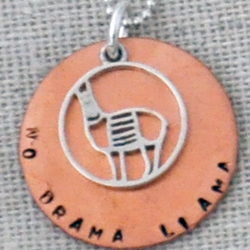
No Drama Llama

Line & Circle

Lagoon

Worm Hole

Flora

L'Chaim

Stacked

Fallow

Denizen of the Deep

Happy Halloween

A Little Love

Eye to the Ocean

Love for Teachers

Our Lady

Existential Angst

Old World
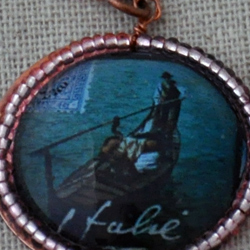
Old World #2

Living Strength #2

Living Strength

The Oak

Nom de Plume

Best Behavior #2
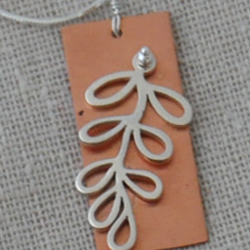
Olive Branch

Prickly Pear

Thing With Feathers

Going Batty

Bird on a Wire

Hope Springs Eternal

Medallion

Flower

Crafty Birds

Good Hearted

Good Luck & Fortune

Friendship
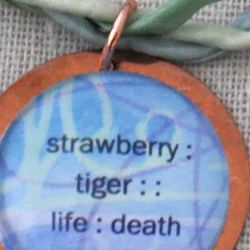
Savor the Moment

Same But Different

Power of Love

Be Like Water #2

Good Advice

Casting Off

Seriously Sci-fi

Alluring

You Work in an Office Pt.3

Lo Orto

All Clear

Beep Beep

You Work in an Office Pt 2

Ponderosa Pine

Pseudotsuga Menziesii

High Five

Have a Heart

Dragonfly

Balance #2

Cephalopod

Person of Action

Dia de los Muertos

This Is Not Rhetorical
Copper has the native element with the distinction of being one of the first to be used by humans.
Neolithic people used it as a substitute for stone, and Egyptians first cast it in molds. It is found in
crystalline and massive aggregate forms. Copper is a secondary mineral that forms as large iron-rich molten
rock cools; copper-rich fluids are the last to solidify. It's often found in deposits with other native
elements like zinc, lead, gold and silver. In native form it is soft, though many copper alloys are available
that are harder. Bronze is copper-tin alloy and brass is a copper-zinc alloy.

Blue Tourmaline

Hesperides

Dragon People

Savory

Spring to Summer

Good Karma

Frigg

Tiger People

(Child)^2

Truth Like Daggers

Loyal

Luminary

Jealousy
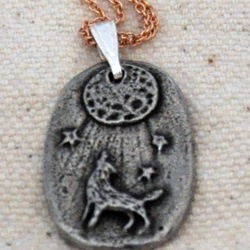
Howl

Monodon Monoceros
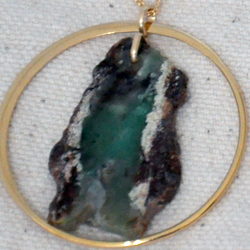
Green & Gold

Apatite Drop

Day Trip

Lively

Squares

Golden Bough
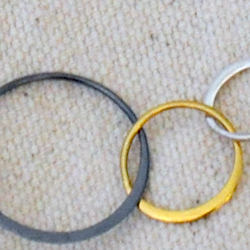
Tintagel

Lady of the Lake

Queen of the Nile

The Aten

Bubo the Owl

Steady On

The Bends

Adventurer

New Moon

Glorious

Going Om

Circles

Honey Bee
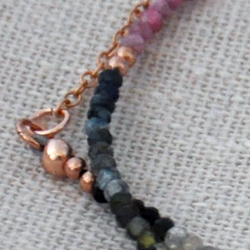
Henceforth

Rose Red

2S Orbital - sodalite

Bubbles

Stacked

Eye of Horus

Love for Teachers

Our Lady

Grand Canal

Cairn

Beauty Within

Seriously Sci-fi

Black Mamba

Equivalent

Small Folk

Mystic Oak

Irresistible (gold)

Chirp

Encantador

LGN

Tree of Life

Egyptology

Equivalent
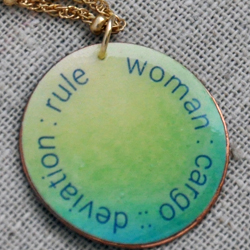
Exceptional #2
Gold captures the imagination as few minerals and elements can; it has been prized throughout civilizations
for its beauty and usefulness. It reacts with few materials, so gold-bearing minerals are rare and tend to be
localized, though gold as an element is distributed in minute quantities throughout igneous rock. It is
estimated that half the world's known gold reserves are found in South Africa. Though there are numerous
industrial applications, such as window coatings to reflect infrared radiation and reduce air-conditioning costs
for large office buildings, but the most popular use is still within jewelry, as it has been
for thousands of years.

Mourning

Family Araucariaceae
Jet is a lignite coal, which is intermediate in terms of carbon-content and hardness in the formation
of coal. Coal starts with decaying vegetable matter in the absence of oxygen, forming peat. Peat under
pressure results in lignite coal, and additional heat and pressure transform lignite coal to bituminous coal
and finally anthracite (most highly metamorphosed and hardest coal). Jet typically originates from wood from the
trees of family Araucariaceae, which includes the modern-day monkey puzzle tree and other very tall evergreens
like the New Zealand "Lord of the Forest" kauri tree.

Brigit

Magic
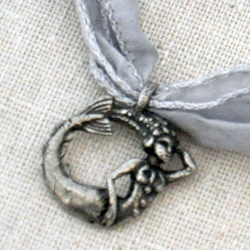
Rolling

Howl
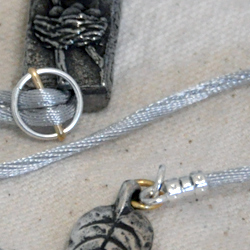
Growing Family

Enlightenment

A Good Stretch

With the Tide

Magic Bean
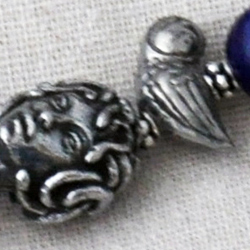
Epic Journey

Love Gives Wings

Nested

Discover

Blink

Kraken

Quiet Wisdom

Cardinal

Take Flight
Pewter is an alloy of greater than 90% tin with small amounts of copper and antimony. It is a soft
metal and has a low melting point, making it suitable for casting - even in a household kitchen!
The pewter components I buy are advertised as lead-free, and this is generally the standard for
items intended for daily use.

Firepit

Fall Equinox
Selenite is from the Greek word "selene" for the moon.
Selenite crystals are prismatic forms of the mineral gypsum, a widespread calcium sulfate
hydrate, and selenite satin spar is a parallel, fibrous variety with a silky luster. The
Romans discoverd that heating gypsum to 600 degrees Fahrenheit made a plaster that sets hard
when mixed with water, making it useful for building. Alabaster is the fine-grained, massive
form of gypsum that has been used for carving and other ornamental purposes. All forms of the
mineral are soft, with a Mohs hardness of 2 and perfect cleavage.

Nerthus

Stargazing
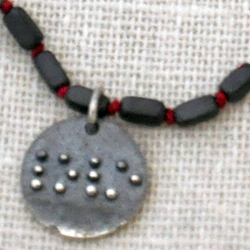
Loving Touch

Hexa

So Grand

Maggie

Maia

Vanishing Point

Sidelobe

Tortoise Shell
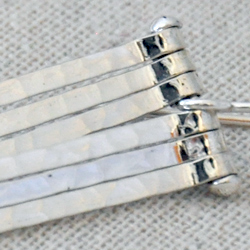
Fringe

Tagua Nut

Shine Bright

Pearl Bangle

Unfurling

Of Good Cheer

Jacob's Ladder

Charged Particle

Pulsar

Buoyancy

Spring to Summer

Paper Clip

Mindful

Southwest

Frigg

Ran

Megan

Skadi

More Truth Like Daggers

Lorenz Attractor

Parabolic

Cyclotron

Glassworks

Sonora

(Child)^2

Dear Heart

To the Moon

Truth Like Daggers

Fortuitous

Horseshoe

Slowing
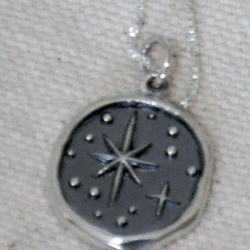
Longest Night

Multnomah

The Telling Distance

Paper Moon

Burma Jade

Big Sky
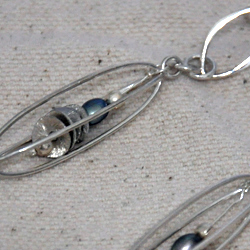
Worries

Sentient

Ides of March

Ice Cream Cone

The Closer

The Influencer

The Negotiator

Spring Thaw

Prancing Pony

Rise from the Ash

Generation

North Star

Tintagel

Urania

Remembrance

Boo-tiful
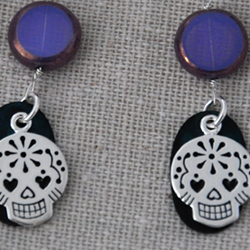
Calaveras

Astrolab

Lab Tech

Bird in Flight

Lady of the Lake

Ghosting

Let It Fly

Fly

Womb Love

Silver Lode

Flower Garden

Together

More Circles

Headwaters

Phoenix Tears

Circle Drop

Emerald Essence

Pussywillow

Lucky Charms

No Drama Llama

Celestial

2S Orbital - zoisite

Binary Star System

Beadu

Bubbles

Line & Circle

Atomic

Cosmic Ray
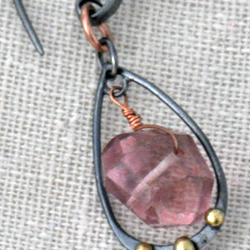
Rock

Flora

L'Chaim

Hope #2

Pea Pod

A Little Love

Eye to the Ocean

Head is to Heart

Living Strength #2

Living Strength

The Oak

Nom de Plume

Best Behavior #2

Olive Branch

Prickly Pear

Thing With Feathers

Going Batty

Bird on a Wire

Hope Springs Eternal

Good Hearted

Good Luck & Fortune

Friendship

Baggage

Be Like Water #2

Bees to Honey

Polar Bear

Siesta

Love Always

Silken Strands

Delicious #4

Reminder #2

Reminder #3

Party Girl

Starcatcher

Natural

Your Heart is a Muscle (silver)
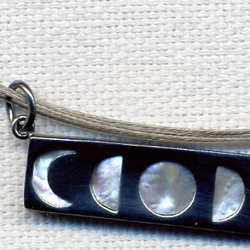
Phases

Sweetness

Irresistible (silver)

Good Boy

The Grand Canyon State

Cascade

Wing

Cup & Spiral

Leaf & Spiral

Lilies of the Field

Open Range

Lily

Exceptional #3

Verb

To Be Or Not To Be
Like gold, silver has a long history with civilizations across the world. The chemical symbol, Ag,
comes from the Latin word for silver, argentum, which itself has its origins in Sanskrit meaning
"white" and "shining". Mexico is the world's leading producer of silver, though
much of the world's supply is generated by refining other metals like copper and zinc. Sterling silver is
92.5 percent silver with another metal such as copper added to increase hardness and durability.
Silver is often associated with the Moon and divine wisdom.

